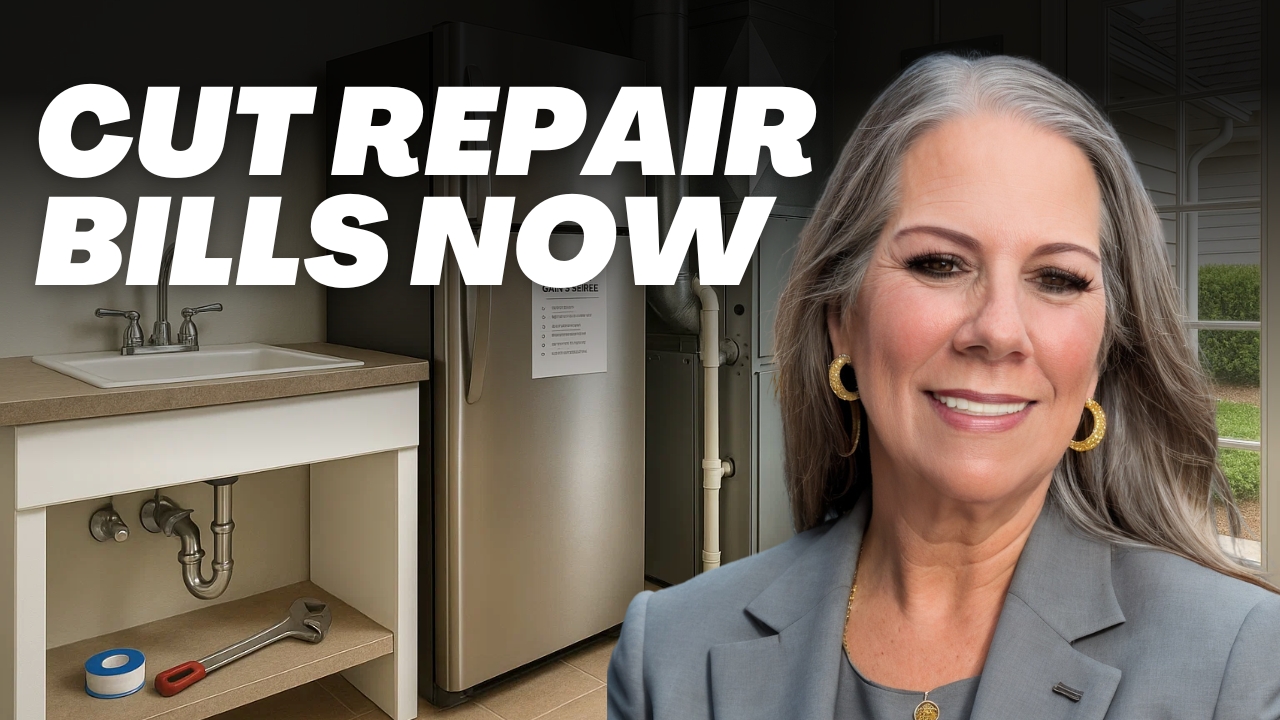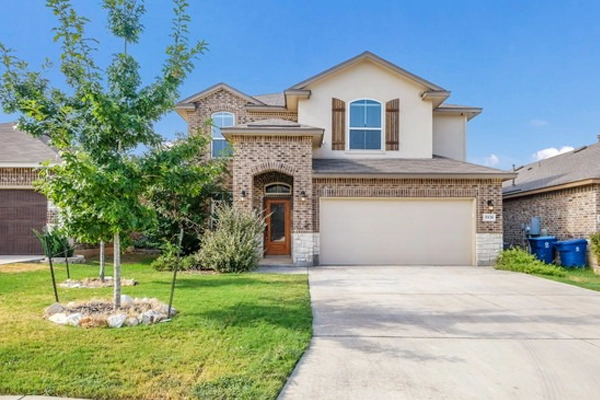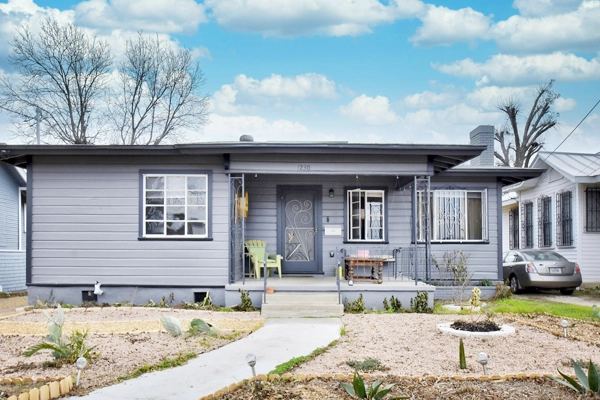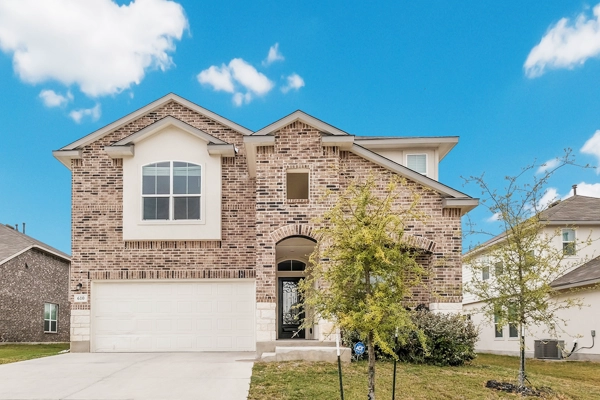Protect Your Investments While Growing Your Wealth. Schedule a 1-on-1 strategy session to see how we protect and treat your home like our own. Schedule a Call
Are you thinking about investing in commercial real estate this spring? If you’re a property manager ready to become an investor, this could be the perfect time. Managing properties gives you a front-row seat to what works and what doesn’t, so why not use that insight to build your own portfolio?
Before you move forward with a commercial real estate deal, you need more than just a promising location or a solid rent roll. After all, a good investment starts with a reliable analysis process. That’s why I’m sharing a three-step framework that I—and many experienced investors—use to evaluate a potential deal before committing.
1. Do your market research. You may find a property that seems like a great opportunity, but what’s happening in the surrounding area? Begin by analyzing local demographics, including population growth, income levels, and age distribution. Then, dig deeper into the job market, upcoming infrastructure projects, and whether the neighborhood is improving or declining. Review vacancy and absorption rates, as well as the volume of new construction in the pipeline. Zoning laws are also critical, as they can influence your options for the property in the future. A strong market environment lays the groundwork for long-term growth and reliable returns.
2. Evaluate the physical property. Once you understand the market, take a closer look at the building itself. Hire a qualified inspector to assess key elements such as the roof, foundation, HVAC, plumbing, and electrical systems. Make sure the property complies with ADA standards and other safety codes. Also inspect elevators, stairwells, and all common areas. Beyond the essentials, evaluate how appealing the space is for tenants. Does it offer features like secure parking, fiber internet, or updated signage? These factors can directly impact lease-up speed and tenant retention. A building that seems turnkey but hides costly repairs is more of a risk than a reward.
3. Run the numbers. Now it’s time for the financial breakdown. Start by calculating gross rental income, including any additional sources like paid parking, vending machines, or rooftop leases. Subtract all operating expenses, such as taxes, insurance, utilities, maintenance, and management, to determine your Net Operating Income (NOI). Use the NOI to calculate the cap rate, which helps you compare this deal to others in the area. Finally, evaluate the cash-on-cash return to understand how much income you’ll earn relative to your cash investment. If the numbers don’t meet your financial goals, it’s wise to walk away and wait for a better opportunity.
You’ve got the experience, so why not use it? As a property manager, you already know the ins and outs of leases, tenants, and building operations. The missing piece may simply be an upfront deal analysis. By following these three steps—market research, property evaluation, and financial analysis—you’ll have the clarity you need to make smart investments.
If you’d like to run through a deal you’re considering or want a second opinion, I’m always happy to help. Call, text, or email me. I’d be happy to guide you.
-
Protect Your Investments While Growing Your Wealth. Schedule a 1-on-1 strategy session to see how we protect and treat your home like our own. Schedule a Call
-
Know the Rent. Maximize the Profit. Turn your property into a reliable income stream with confidence. Find out what your current rental rate should be in today’s market. Discover Rental Rate
-
Your Referral. Our Expertise. Happy Clients. Are you looking for the perfect match to help your clients build wealth through real estate? Take control of your success today and refer them to us. Refer Now
-
Free Real Estate Newsletter. Get our latest Q&A, insights, and market updates to make smarter decisions. Subscribe Now








